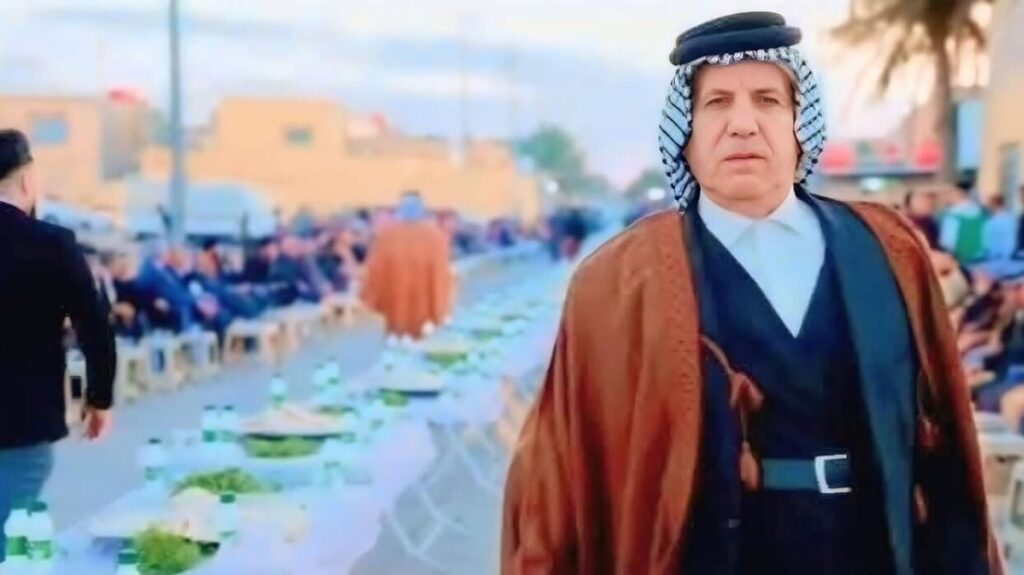World: No choice: it takes a world to end the use of child soldiers: a research report
Summary
The recruitment and use of children as armed actors is identified as one of the six grave violations of children’s rights according to international law. This practice is an affront to the safety, dignity and healthy development of children. It is a tragedy that deeply and negatively affects children, their families and communities; and it undermines broader peace, security and development for countries experiencing conflict or extreme levels of violence. Despite this, there are at least 18 conflicts around the world where children have participated in hostilities since 2016.
Tens of thousands of girls and boys are currently used as soldiers by armed forces and armed groups around the world. Child recruitment is typically thought of as coercive and forcible. However, in many cases, multiple factors push and pull children to be involved with armed actors; rarely is there one single driving factor. Often children are exercising some agency, real or perceived, in deciding to join, even if they are choosing amongst several bad options for the sake of survival.
This multi-country study is expected to contribute to the dialogue on protecting children from the impacts of armed conflict by elevating their voices, and providing evidence on factors impacting their resilience. The study is based on primary qualitative research in the Central African Republic (CAR) and Colombia, as well as desk research on the Democratic Republic of Congo (DRC), South Sudan and Iraq. The primary research relied on focus groups of affected community members, key informant interviews and testimonies from people who were associated with armed forces/groups as children.
The study finds that being engaged in an armed group is not always a matter of having approached or been recruited by some discrete group of combatants. Armed groups may simply be part of the fabric of everyday life, and not an entity separate from the communities in which children grow up. Children and communities may also find social value in armed groups, especially in a setting without much state presence or basic services.
The recruitment and use of children are features of countries experiencing conflict or high degrees of violence. The factors are varied and differ by context but are fundamentally driven by and link back to the presence of conflict and normalisation of violence that can result in society. These can include forced displacement; family separation or breakdown; occupation, destruction, closure or decreased functionality of schools; general safety or physical protection concerns; absence of opportunities for work for older children or safe, structured spaces for leisure time; gender norms; poverty; and inequality. A major pull factor can be that armed forces/groups also confer on a child a sense of belonging and purpose in the home, school, community, or institutions that are often interrupted as a result of conflict, displacement or high rates of criminality.
While boys seem to join armed forces/groups more than girls in all contexts explored for this research, many girls are nonetheless involved, and in numbers that may be higher than previously assumed, depending on the location. Girls’ needs, experiences and motivations are often different from boys’, as are the risks. That girls are mostly seen as ‘wives’ or ‘girlfriends’ to fighters suggests a significant gendered difference in how they come to be involved in an armed group. To the extent that some children are ‘choosing’ to join, these individuals appear more likely to be boys. Some girls may join in search of freedoms they cannot enjoy at home or in the community.
Families play a major role in keeping children safe from recruitment but are also often involved in pushing children to join. Caregivers in CAR and Colombia did not always speak of recruited girls and boys as children, but more as young adults who are becoming independent and exercising their own agency. The reality is that childhood and conceptions of children are contextually defined; these understandings shape adults’ and children’s views of appropriate behaviours, including whether or not to join armed groups.
The literature on prevention strategies is weak, especially with regard to strategies used by families and communities, as opposed to external actors. In the study sites perhaps the most visible ‘organic’ prevention mechanisms in place are the small community-based organisations that provide various services for children and families. In some cases neighbours rely on an informal neighbourhood-watch system via mobile phone. The church emerges as one of the few functional structures in many of these communities and is often cited as a resource for discouraging children’s decision to join.
This report makes recommendations for governments, UN agencies, donors, and NGO actors to prioritise the protection of children and promotion of children’s rights in humanitarian response as the most critical path to preventing child recruitment. Child protection is the second-least funded humanitarian sector globally, despite gross violations of children’s rights, including recruitment, being reported in the majority of humanitarian contexts. It is essential to reduce the vulnerability factors that contribute to the risk of recruitment, and thus it is argued that prevention strategies need to include those that increase protective factors, such as access to education and introduction of alternative livelihood opportunities. The most successful community-level prevention efforts are those that revolve around building a safe, nurturing, supportive environment at home. It is suggested that duty-bearers should work across the humanitarian/development/peace nexus to address the structural causes of conflict, prioritising child protection in a more holistic manner and longer term than traditional humanitarian interventions of 12 months or less. Prevention of recruitment will require placing the needs, risks and protection concerns of children at the centre; strengthening communities’ efforts to support vulnerable boys and girls and their families; and understanding prevention of the grave violations of children’s rights, such as recruitment, to be central to realising broader peace, security and development.


